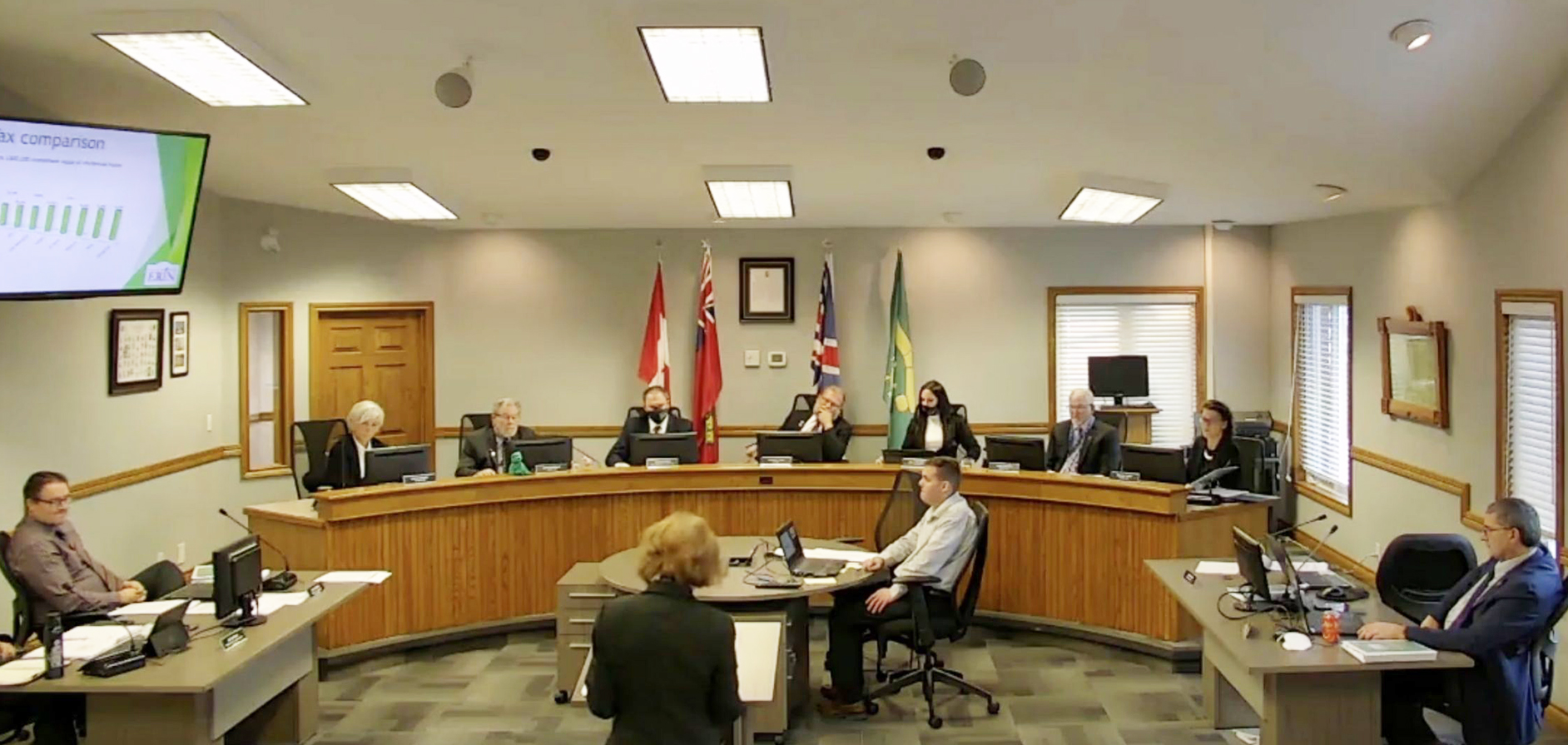ERIN – The town’s new council got a first look at a draft version of the 2023 budget, proposed by finance director Wendy Parr, on Nov. 24.
Reading from a prepared report, Parr told Erin council the draft represents a “prudent and responsible” approach to spending taxpayer dollars, in line with the town’s 2019-23 strategic plan.
The draft budget, Parr said, considers public input from a budget survey that collected 300 responses throughout October.
“The results in the first draft 2023 budget recommends a tax increase of 4.5 per cent,” she explained.
A town press release notes the increase to be “well below” inflation.
Based on 2016 Municipal Property Assessment Corporation valuations (assessment updates and increases are frozen again for the next year), each residential home valued at $600,000 would see an increase of $84.60 in annual property taxes.
Parr said the example home value is “close to the average cost of a house in Erin.”
For homes valued closer to half-a-million, the increase will be around $70.
Erin relies on taxes, with residences and farms accounting for 86 per cent of the tax base.
For every $100,000 residential assessment, $1,097 is collected. The county get 58% of the cut, Erin takes 28%, and 14% goes to education.
The proposed increase would bring in an additional $355,000 to the tax levy, according to the town’s calculations, making up for a deficit that would result from spending on department resources and capital requests.
Municipalities legally cannot carry a deficit, and so tax rates, in conjunction with reserves, can be adjusted to respond to expenses.
Included with the draft budget are rough estimates of rate increases in future years, though they will almost certainly change.
The forecast recommends a 2.5% rate increase in 2024, a 2.6% increase in 2025, and a 1.5% increase in 2026.
Tax rates have increased for Erin residents since 2016.
Council could feasibly use disbursements from reserves to lower a rate increase. As of June 30, the unallocated balance in a reserve for that option was $1.35 million.
According to Parr, there is no cap on how much council could use to reduce the rate.
Operations and capital spending
The overall budget is proposed at $53.3 million, of which $13.8 million (26%) falls into department operations and $39.5 million (74%) falls to capital expenses.
A total of $12.7 million is allocated for departmental operations, with roads and streetlights being the costliest at 26% of the budget, followed by corporate services at 18.5%.
Parr said the town forecasts $12.2 million in revenue for operations (59.8% covered by taxpayers).
A total of $366,500 in departmental expenditures (council, corporate, building, administration, et cetera) have been requested next year, of which $206,000 would be funded by taxpayers.
Requests to be funded by tax dollars are related to: septic inspections, a community improvement plan, fire recruit training and roads maintenance.
The remaining $160,500 would be funded from reserves and a federal grant (for a road’s department summer student).
Capital spending requests total $39.56 million next year.
Taxpayers would cover $1.03 million for items such as:
- fire truck replacement and hoses;
- townhall repairs;
- road and sidewalk snow plows;
- park improvements;
- pickup truck replacements;
- electric vehicle;
- Kubota tractor; and
- design for new multi-use facility at Barbour Field.
Dollars from reserves and development charges, totalling over $9.97 million, would cover items such as:
- fire station building work, renovations, and paving;
- consultant to review options for new or renovated fire station;
- replacement of aerial fire truck;
- new electric fire command vehicle;
- water system upgrades;
- IT upgrades;
- water system maintenance;
- road surface repairs;
- another electric vehicle; and
- new water services.
Provincial and federal grants will also help pay for projects.
Reserves
The total balance of all reserves as of June 30 was $39.23 million and is predicted to sit at $35.60 million by the end of this year.
By next year’s end, total reserves are anticipated to sit closer to $31.39 million.
Debt
Erin will pay $363,000 in interest on $2.58 million in debt next year, which according to Parr’s report, falls “well within the limit of $2.1 million” based on generated revenue.
The interest payment includes a refinanced loan for the Hillsburgh firehall.
In 2024-25, the town is also facing $4 million in debt to cover half of the cost of upgrades to Winston Churchill Blvd., a project shared with Caledon.
COMPRESSEDproposed-budget-2023-nov-24-2022-min



